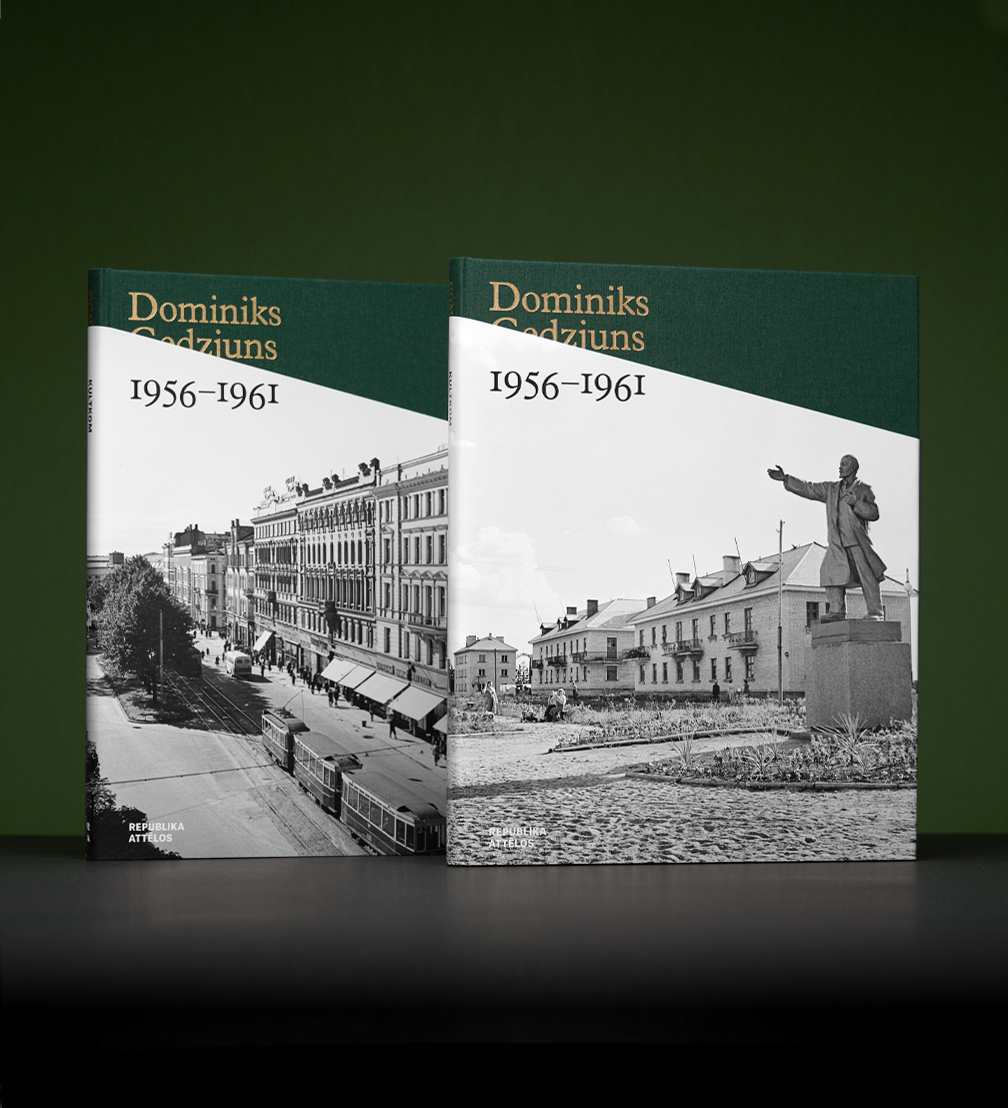
Contemporary culture centre Kultkom has released a bilingual photo book dedicated to the Latvian press photographer Dominiks Gedzjuns. The publication contains nearly 140 photographs from Gedzjuns’ archive, offering a glimpse into 20th century Latvia.
Dominiks Gedzjuns is one of the first photojournalists in postwar Latvia, who in parallel with press assignments also worked in the commercial urban and natural landscape genre. «He stood out among other photographers of the time owing to his ability to find balance between traditional press photography that illustrates text and the rapidly growing «lyrical» documentalism of the time,» so the book is presented by one of its compilers, historian Toms Zariņš. Gedzjuns supplements the pragmatic representation characteristic of Soviet documental photography with his own creative interpretation and symbolism. Judging by the many negatives taken in one place, the photographer was waiting for something to enter the frame to serve as a social symbol, pointing to the historical context. Similarly, Gedzjuns’ frames often feature his own car, which functions both as a sign of the era, as well as a status symbol and an example of industrial design.
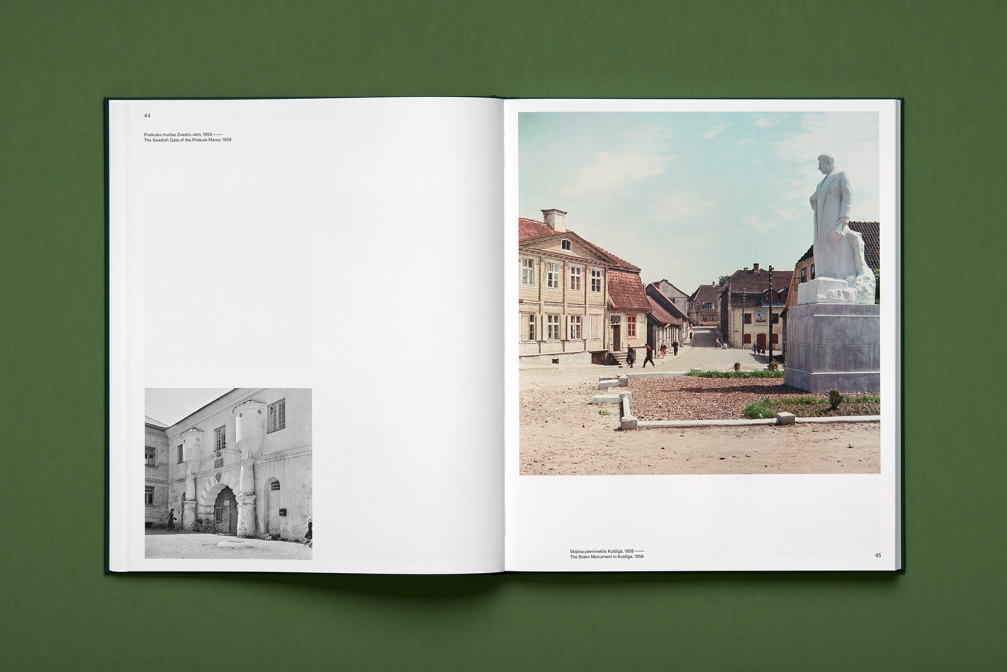
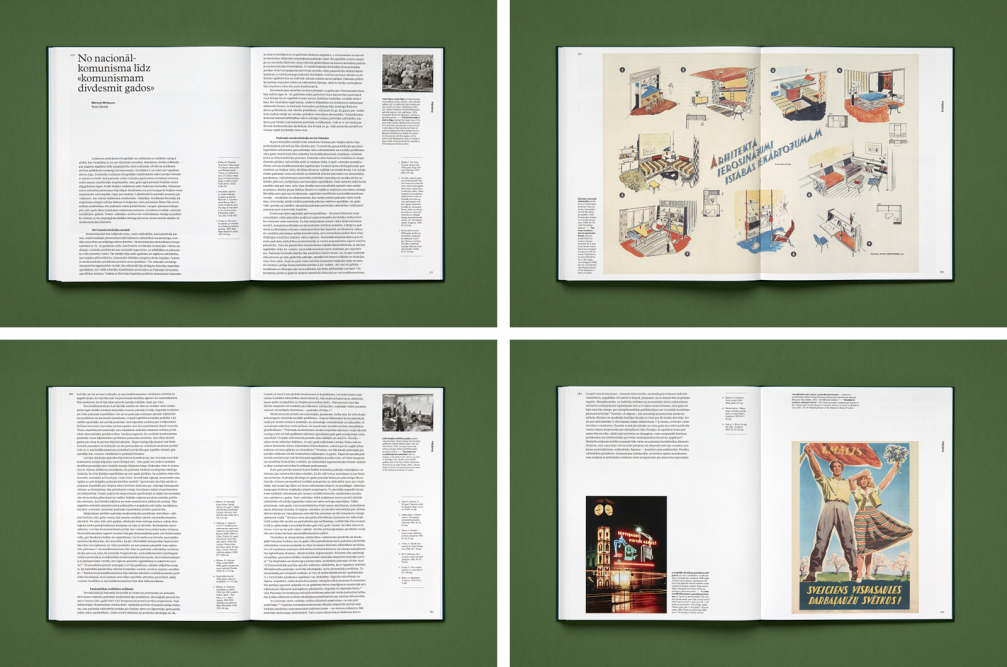
Book designer Alexey Murashko has worked on the visual presentation, as well as on image selection and the development of a unified narrative together with the editor Toms Zariņš. Gedzjuns’ heirs have a photo negative archive with several thousand frames — it is not a trivial task to weave a coherent visual story from them. By deconstructing and emulating the Soviet slogan Peace, Work, May, the images are arranged in thematic sections. Urban and rural views are included in the chapter Peace, Work offers scenes from shops and factories, while festivities and moments of leisure are shown in the chapter May. The book’s balanced visual rhythm is complemented by an interplay of content — indirect references to the names of chapters, reciprocity between photographs placed in one spread and routes through Latvia and Riga, consisting of images arranged in a geographical sequence in the chapter Peace.
The book includes both coloured and black-and-white mid-size photographs from Gedzjuns’ archives. They are printed in two different sizes, to not only enliven the compositional rhythm of the edition, but to also hide and compensate for the low quality of individual images. Over more that half a century, the photos have obtained various defects, both during their storage and shooting — taking photographs in inappropriate light conditions, in motion or on a film with a very pronounced grain. Alexey Murashko has done spectacular photo editing work, handling images both manually and using neuro-network software. The result is a book that offers the most interesting scenes from the vast archive of Gedzjuns, while preserving a uniform visual language.
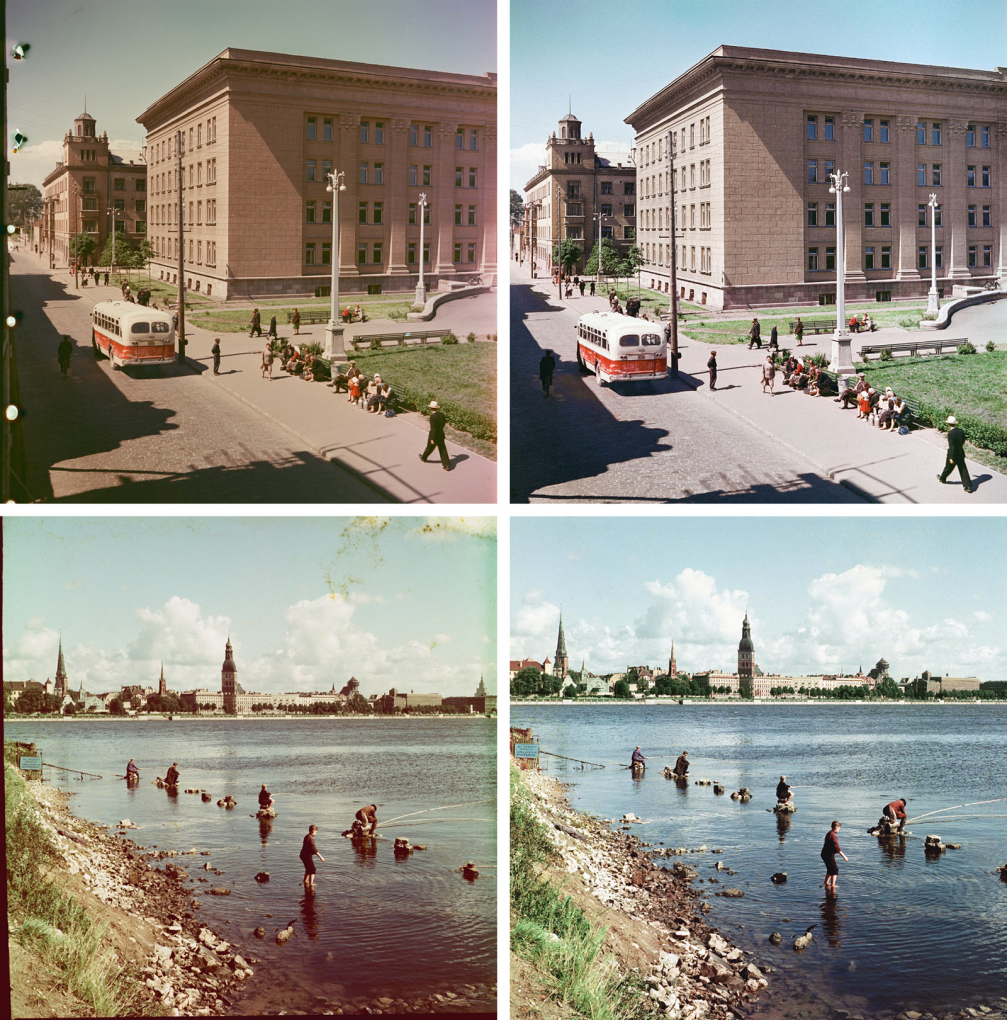
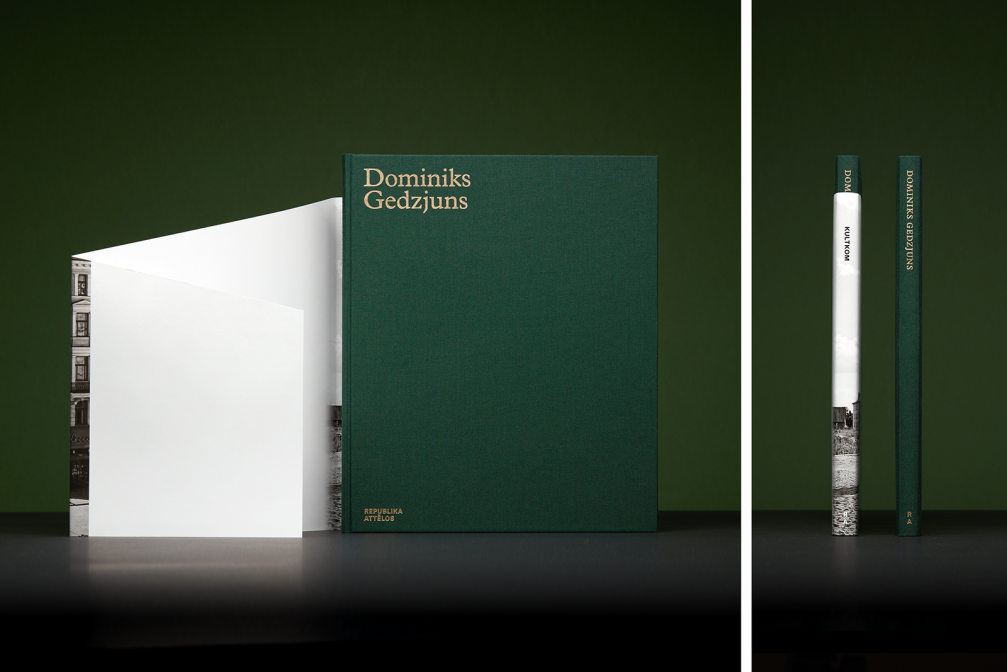
The edition has a double dust jacket — on one side an ideologically loaded photo with Lenin’s monument in the territory of a former milk factory, on the other a more neutral picture with a landscape of Riga. This offers the book owners a chance to interchange the dust jacket at their own discretion. Dominiks Gedzjuns’ name on the cover is partially obscured by the dust jacket, as if emerging from the mist of history and pointing to the recently reborn interest in Soviet documental photography.
This photo album launches the series «Republic in Pictures», in which the archives of several Latvian Soviet-era press photographers will be published. The aim is to facilitate the emergence of new visual historical evidence in the public realm, as well as to fill the knowledge gaps regarding the history of Latvian photography. The series will be continued with editions on photographers Juris Poišs and Bonifācijs Tiknuss. The book has been published with the support of the State Culture Capital Fund and is available both in major bookstores and online.
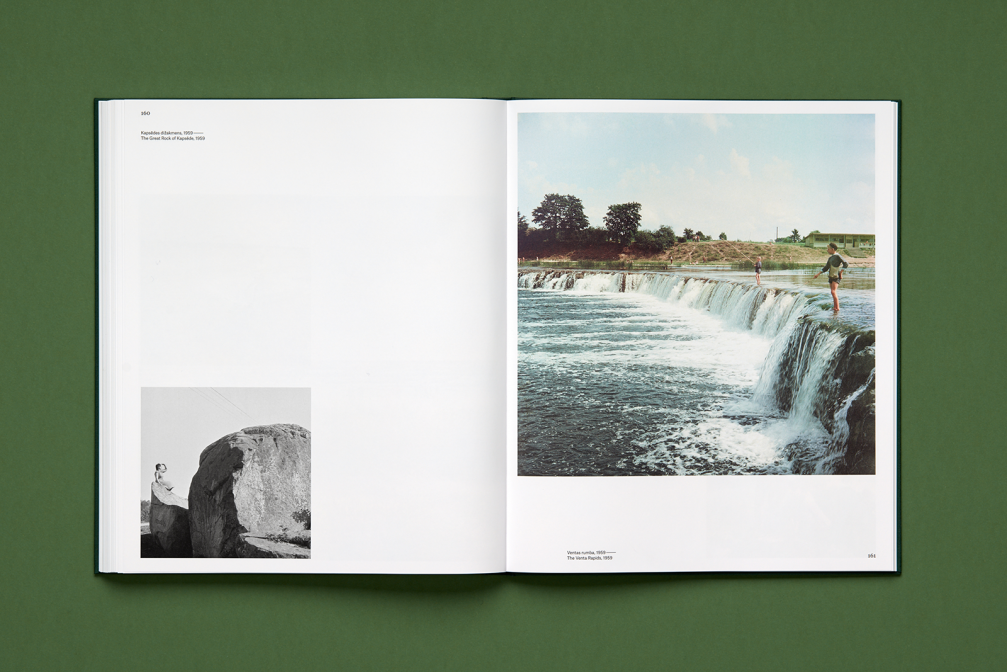
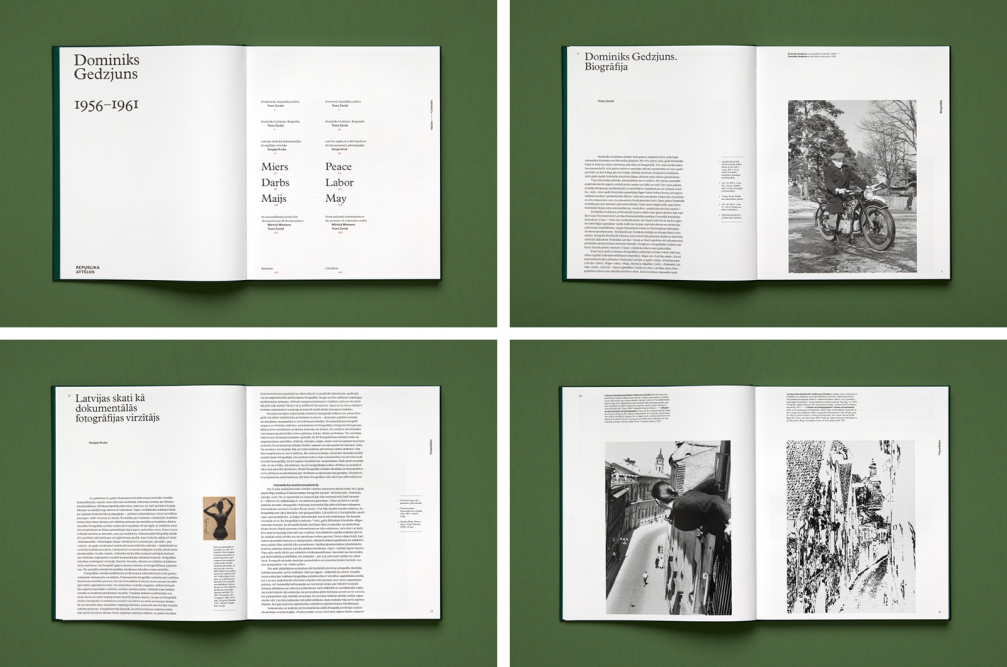
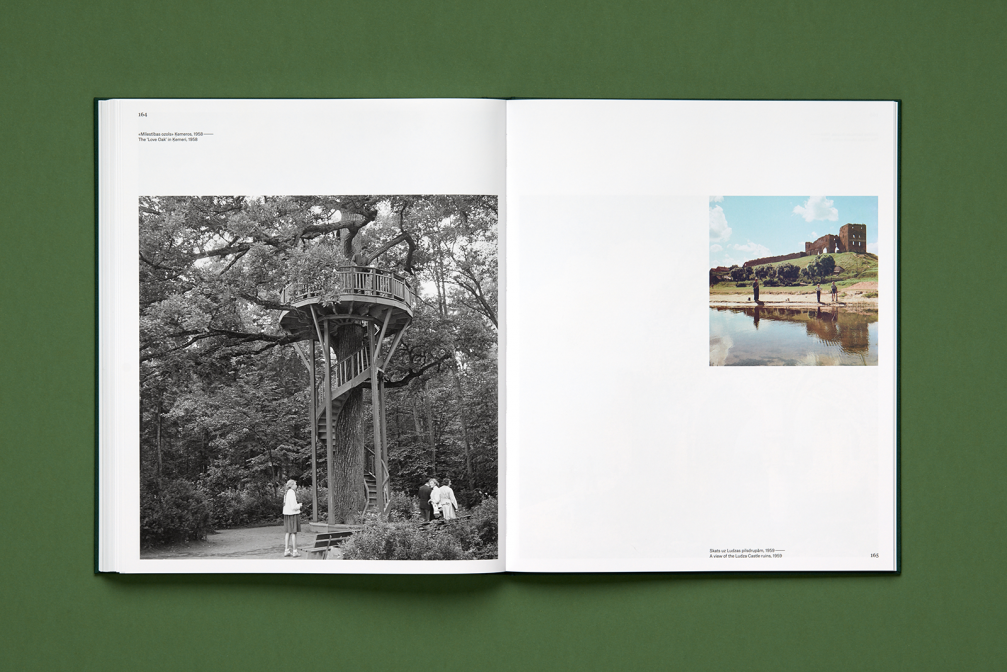
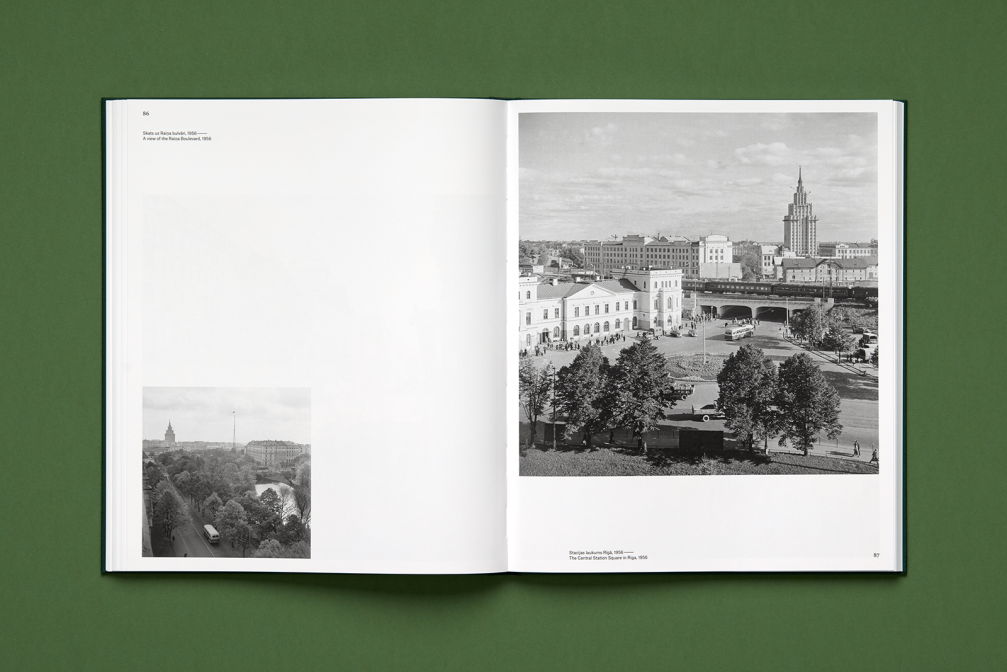
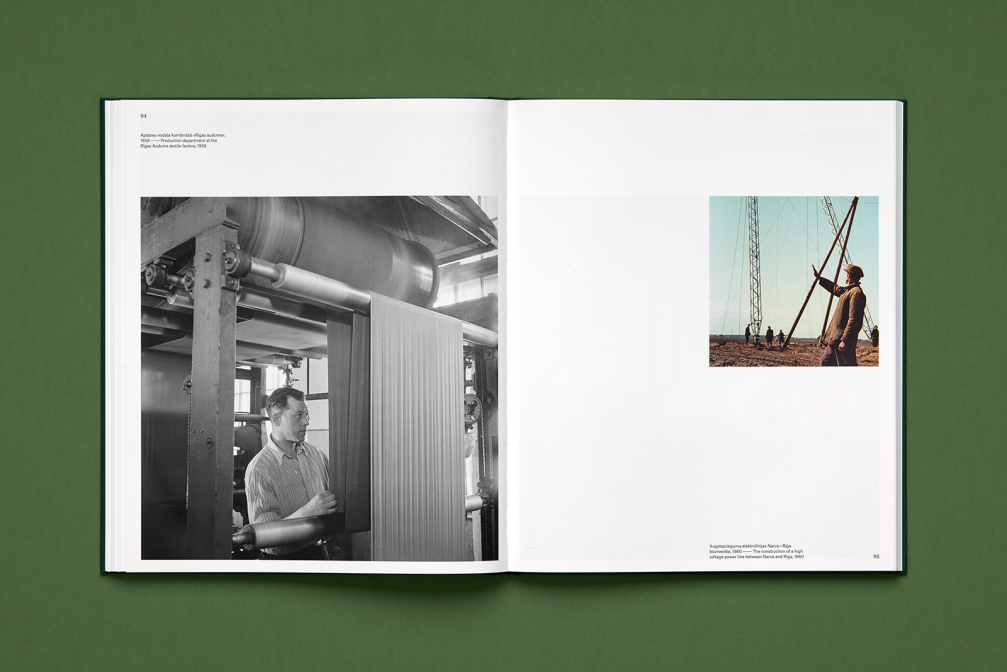
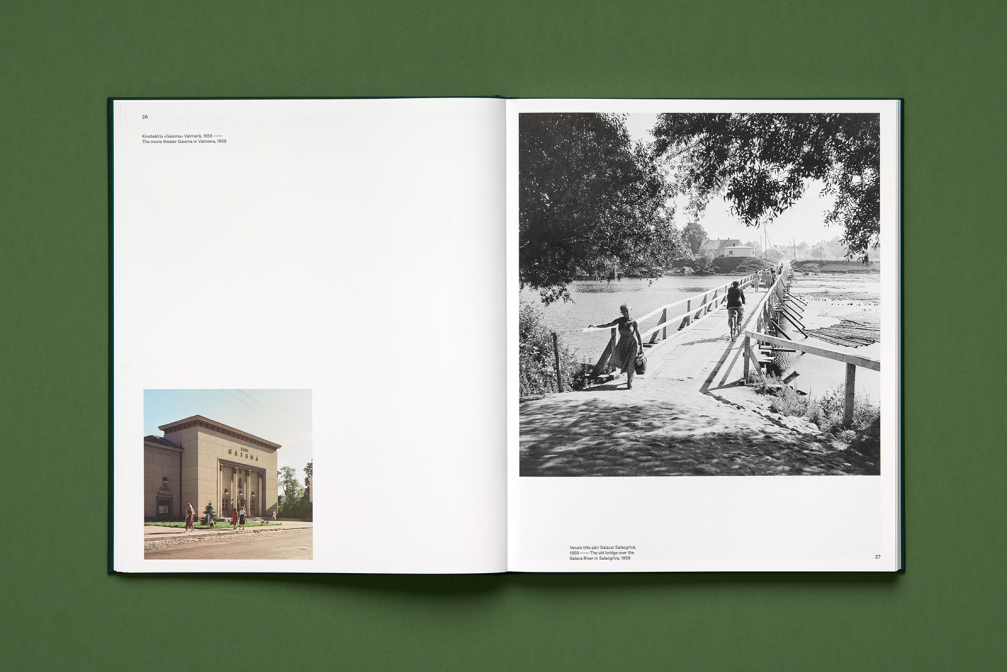
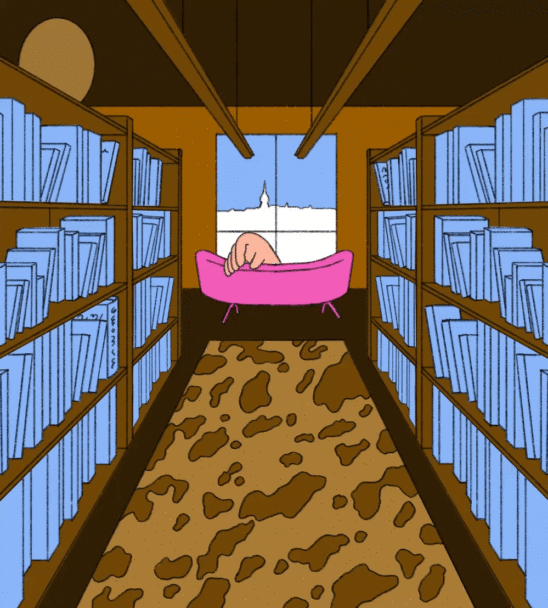
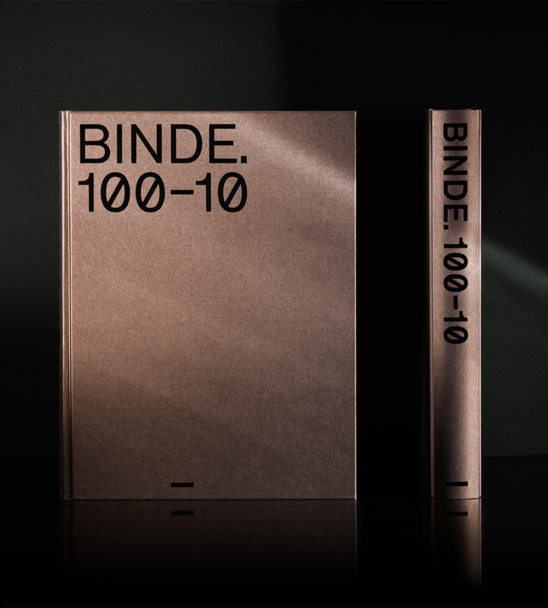
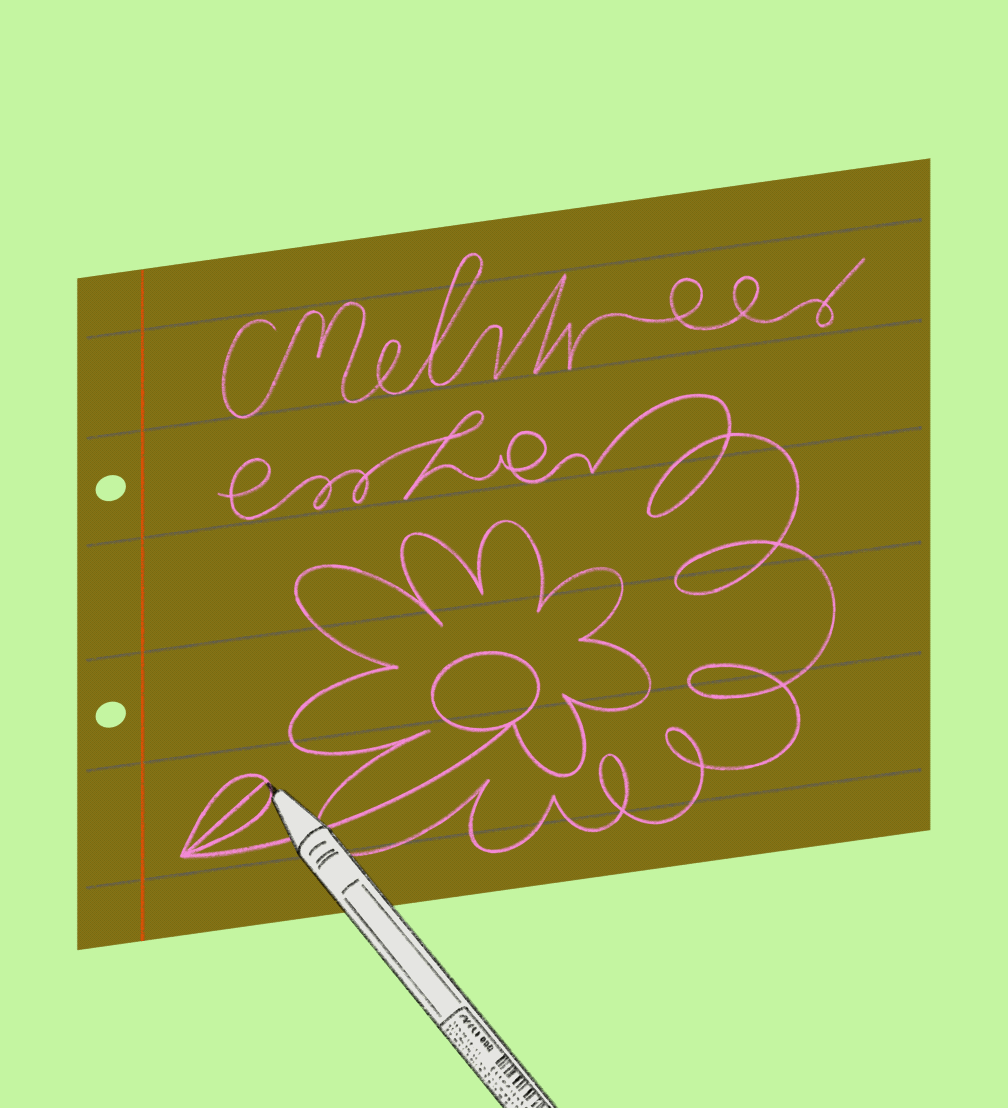
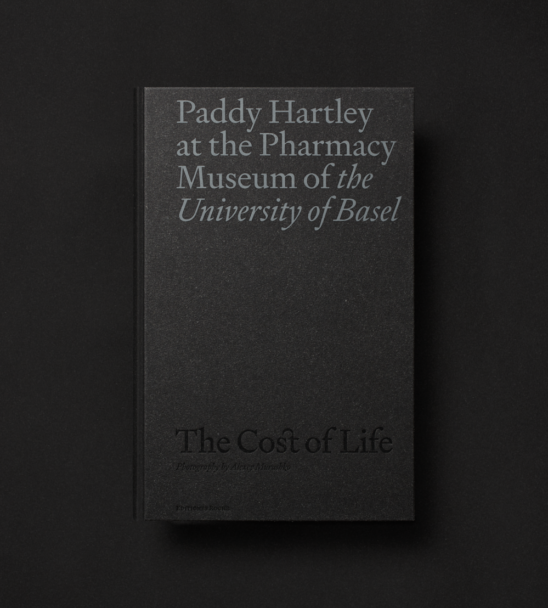
Viedokļi